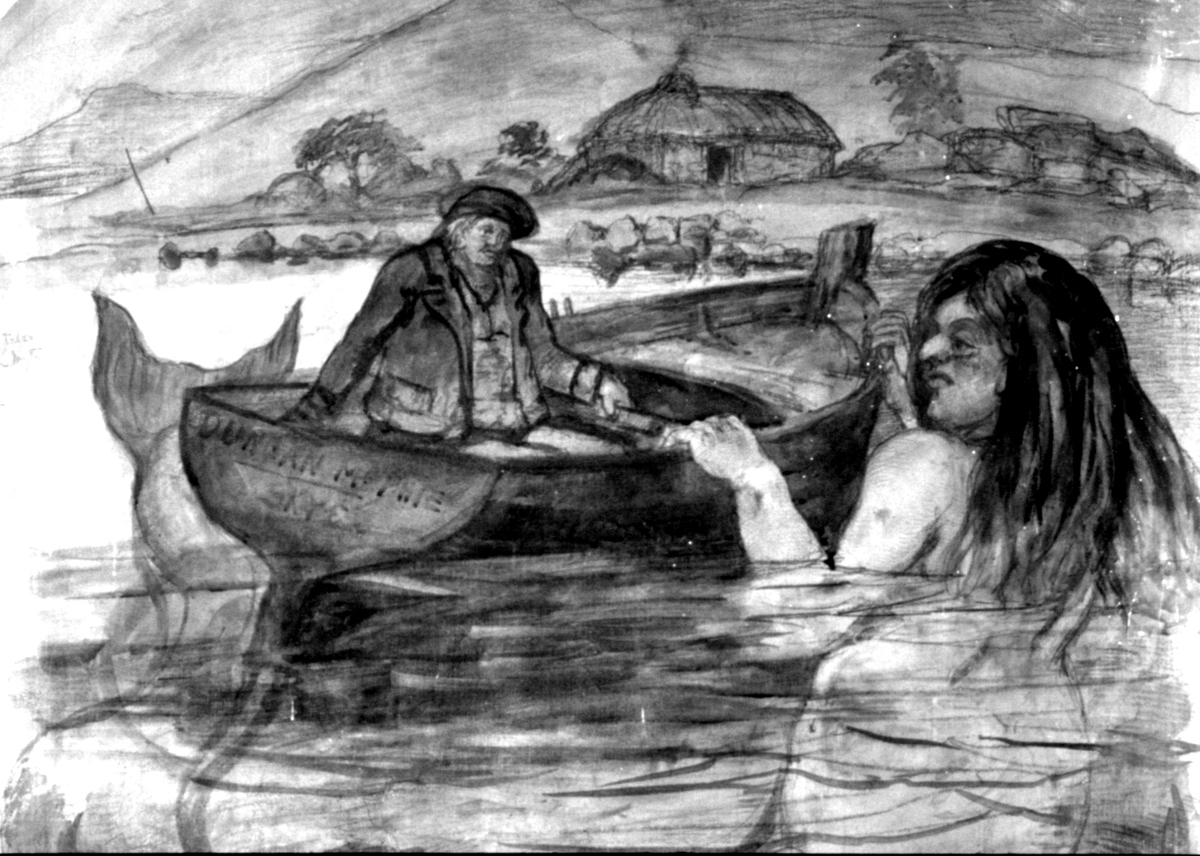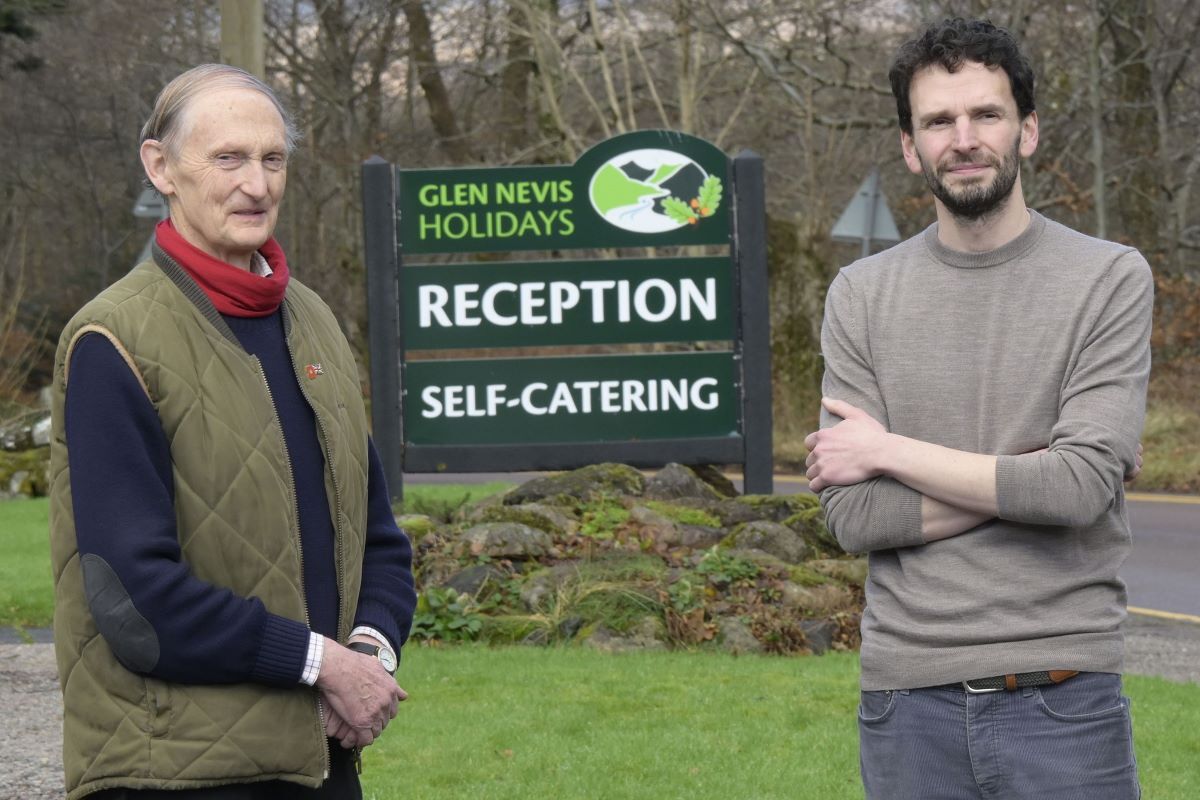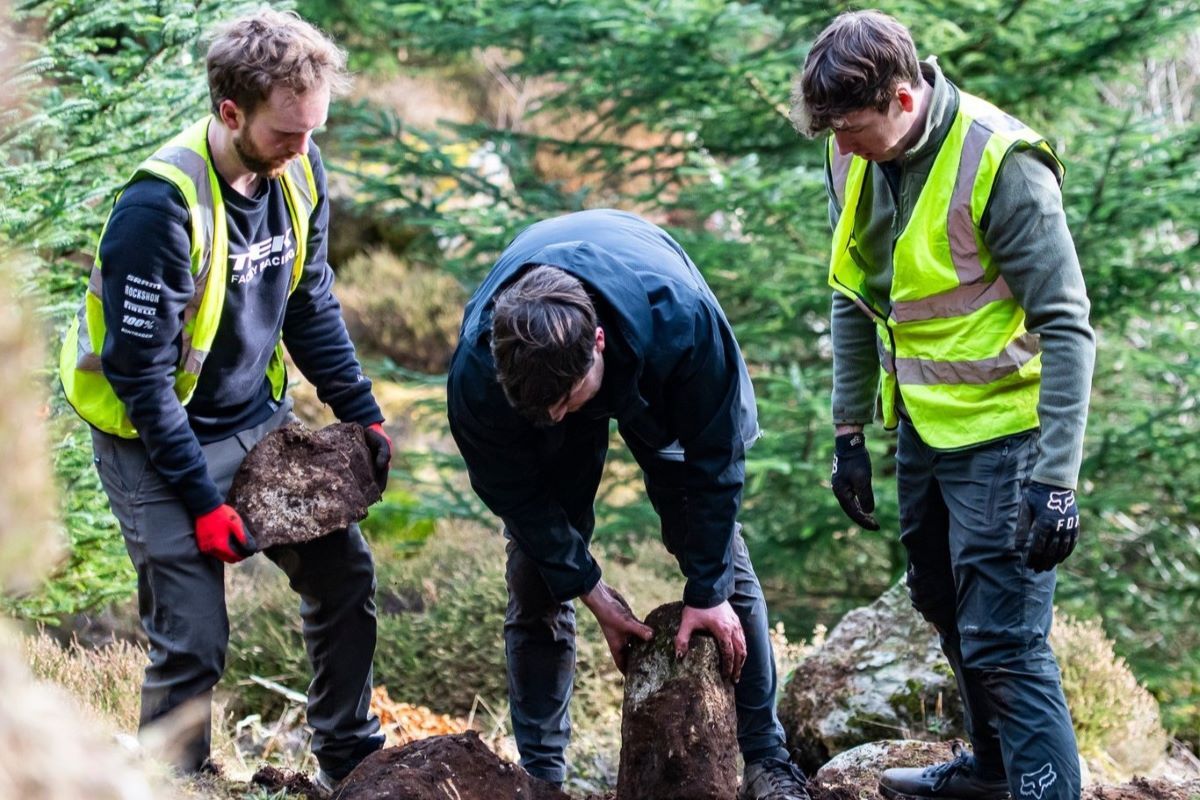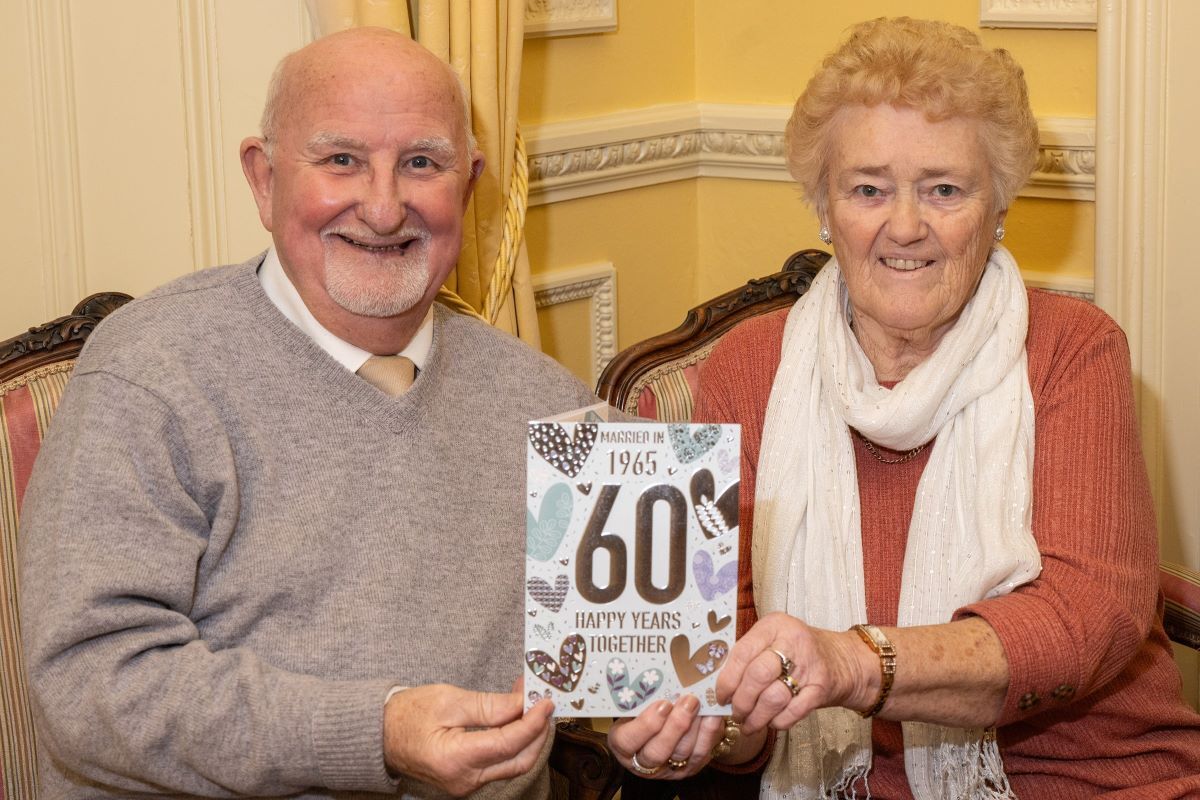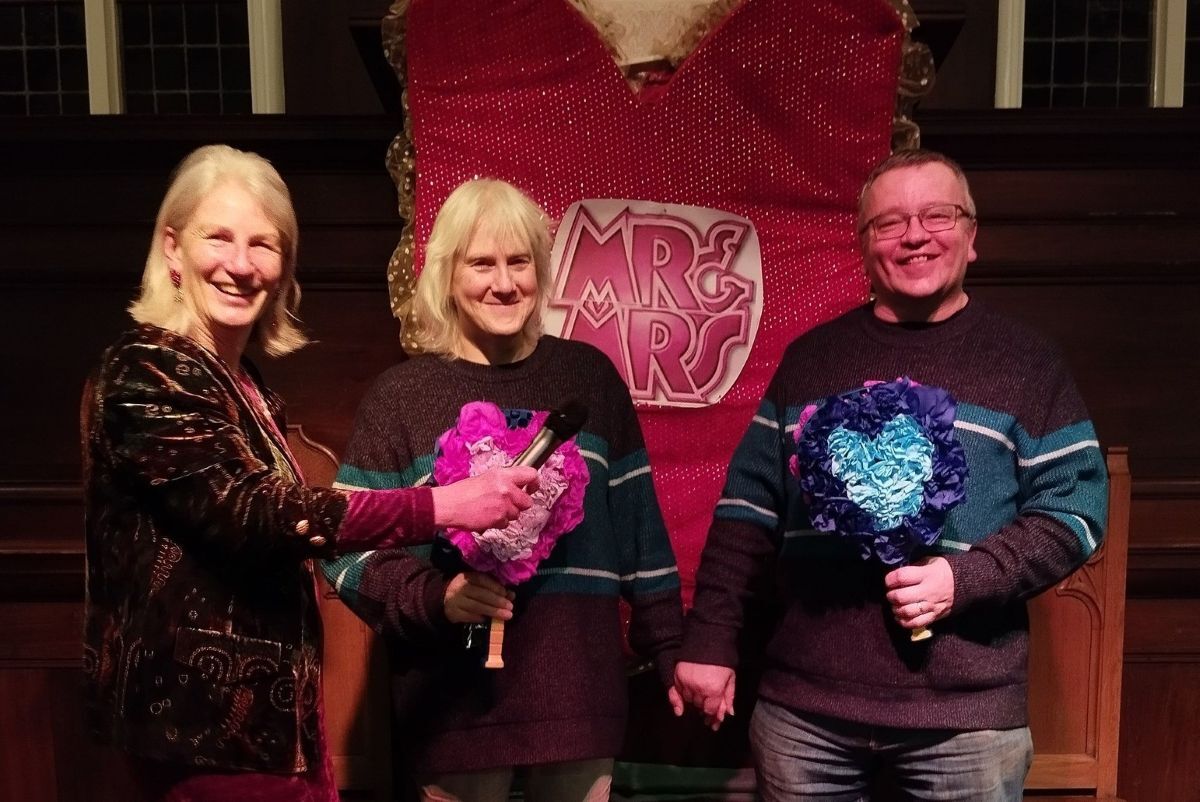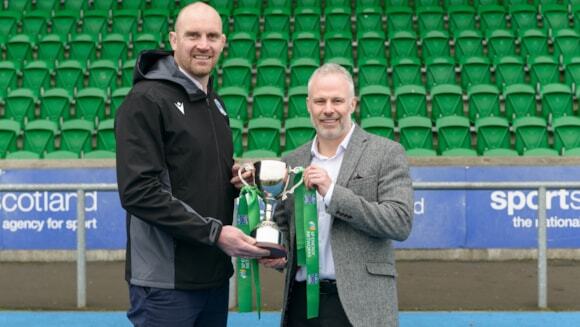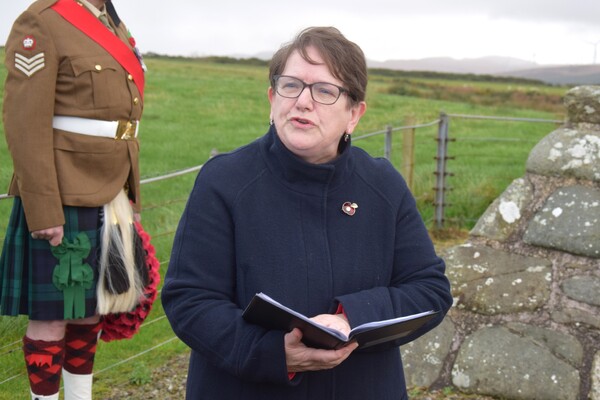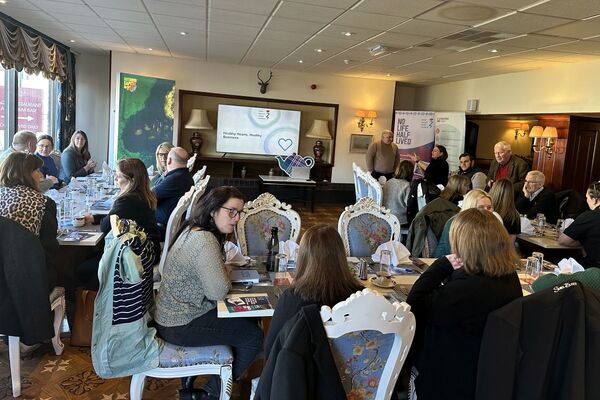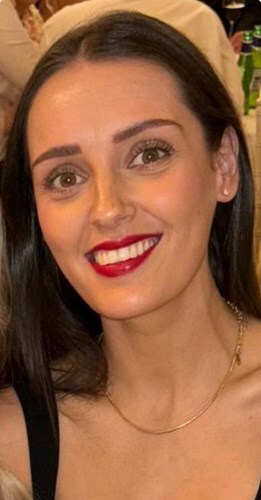Morvern Lines - 4.1.24 - The King’s sister and a mermaid from Mull
When John Campbell (1845-1914), Marquess of Lorne and later 9th Duke of Argyll, married Princess Louise, 6th daughter of Queen Victoria in 1871, the couple spent part of their honeymoon on the Argyll family estate on Mull.
The lodge they chose was on the shores of Loch Ba, a secluded inland loch surrounded by hanging woods and high towering mountains.
So taken were they by the grandeur of the neighbourhood and the welcome they received from the local folk, it became their favourite home and one to which they returned whenever their public duties allowed. Both were accomplished artists and interested in Highland culture and when in residence, they gathered around them many Gaelic scholars and folklorists of the day.
A frequent guest was the talented John Francis Campbell (1822-85), a close friend and kinsman of Lorne, who was known in Gaelic as Iain Òg Ìle (Young John of Islay), the place he was born when it was owned by his family. JFC gained a lot of his knowledge of the Highlands travelling around recording tales, songs, charms and anecdotes.
He was proficient in Gaelic, Danish, Norwegian, Swedish, Lapp, Italian, Spanish and German and visited many parts of the world including Ceylon, or Sri Lanka, as it is now known. His most well-known published works are the bilingual Popular Tales of the West Highlands (4 vols, 1860-62) and The Celtic Dragon Myth, published posthumously in 1911.
Today he is referred to as the grandmaster of Highland folklore because, without him, much of the oral traditions of Argyll would have been lost.
One of the stories JFC collected was about an old blacksmith named Duncan who lived in a little thatched house by the seashore.
When his work was done Duncan would go out in the evening to fish; he never caught much until one night a long-haired mermaid rose at the side of his boat and spoke to him.
The saga is too convoluted to tell here in full so if you want to know the outcome you must read Campbell’s Celtic Dragon Myth.
JFC must have enthralled his hosts with his stories of the Highlands and his adventures abroad because, on the walls of the drawing-room in the lodge, there are four interesting murals painted by him, Lord Archie (Lorne’s brother) and Princess Louise.
Those by Iain Òg Ìle are identified by his name or initials, and the princess’s by her initials L.A.C. (Louise Caroline Alberta). There used to be a fifth painting above the mantelpiece but it was obliterated when, long after, the room was used for storing hay.
The largest and best is of the ugly mermaid holding onto the gunwale of the boat in which Duncan is sitting looking at her in utter disbelief as she says: "Well Duncan, are you getting fish?" Written across the stern of the boat are the words ’Duncan McPhie, Skye’. It is not recorded if this is Duncan’s full name or that of the narrator of the tale.
Immediately below, is a sketch by JFC of a stone panel in the Buddhist monastery of Abhayagiri, at Anuradhapura, Sri Lanka, which he drew when he visited the site in August 1875. It is labelled ’Extremes meet’ and shows a gigantic, seven-headed, cobra ready to strike.
A circular mural depicts a boating scene in the nearby loch and, lastly, but by no means least as the subject was a favourite with all the Argyll family, is a sketch by Princess Louise of a distinguished-looking, bearded gentleman wearing a red Highland bonnet, red jacket and tweed plus-fours. This is thought to be Malcolm MacDonald, manager of the Campbell estates on Mull for 41 years.
A man of talent and a most interesting personality, Malcolm came from Tiree and was highly versed in Highland folklore. On ’state’ occasions he used to wear a large silver medal presented to him by Lorne and the princess to mark their first visit to the lodge following their marriage.
There is a story handed down in the MacDonald family of Princess Louise presenting Malcolm with a grey Highland pony used to pull the carriage in which she and Lorne travelled from Craignure to the lodge whenever they came to Mull. Malcolm was very particular about its appearance and would be up half the night grooming it for the great day. On one occasion the pony did what ponies sometimes do in their stall during the night.
Not to let his standards slip, Malcolm quickly found a bucket of lime-wash and painted out the offending marks on the pony’s hind quarters. All went well and the pony was admired as usual by the princess until it began to rain. "Your pony is changing colour, Malcolm", she laughingly shouted, knowing why! Princess Louise also painted murals on the walls of the green corridor outside the library at Inveraray Castle but they are less striking than those in the lodge by Loch Ba.
Not long ago a project was launched by the present Duke and Duchess of Argyll to open up their centuries-old archive at Inveraray. We are fortunate to have one of the oldest and most outstanding collections of Highland history in Europe sitting on our own doorstep and, more importantly, the interest and will of their keepers to make it available to the public.
As the full-time archivist and The Friends of the Argyll Papers Project painstakingly work their way through a mountain of boxes from the attics and cellars of Inveraray Castle, who knows how many more Gaelic tales they will find. No wonder an old, Islay lady, on having some of Iain Òg Ìle’s long-forgotten stories read to her, remarked in Gaelic, "There is no joy without Clan Campbell".
Please note Loch Ba Lodge is a private house and not open to the public.
Latest News
JOBS
Business Development Manager - Highland Broadband
Sign up to our daily Newsletter
Permission Statement
Yes! I would like to be sent emails from West Coast Today
I understand that my personal information will not be shared with any third parties, and will only be used to provide me with useful targeted articles as indicated.
I'm also aware that I can un-subscribe at any point either from each email notification or on My Account screen.
You may also like
Latest News
JOBS
Business Development Manager - Highland Broadband

